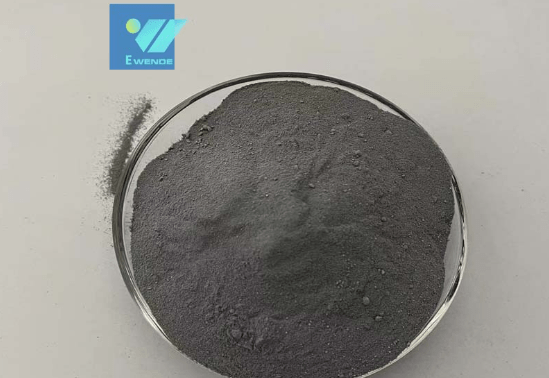How to Control the Quality of Micro Silica Fume?
In the world of construction and infrastructure development, materials play a pivotal role in determining the strength, durability, and overall quality of the end product. One such material that has gained immense importance in recent times is micro silica fume. This fine-grain amorphous silica material, also known as silica fume or condensed silica fume, has revolutionized the concrete and cement industry with its exceptional properties that enhance the performance of concrete structures. In this comprehensive guide, we will delve into the intricacies of micro silica fume and discuss how to effectively control its quality to ensure optimal results in construction projects.

Factors Influencing Micro Silica Fume Quality
To ensure that micro silica fume effectively enhances concrete properties, controlling its quality becomes paramount. Several factors can influence the quality of micro silica fume, and each of these factors must be carefully monitored and managed during production:
1. Raw Material Selection and Processing
The quality of micro silica fume starts with the selection of raw materials. The silica-rich precursors used in the production process should be of high purity and devoid of impurities that can compromise the final product’s properties. The processing methods employed to extract silica from these precursors should ensure minimal contamination and consistent particle size distribution.
2. Furnace Operation and Control
The electric arc furnace used to produce micro silica fume must operate under precise conditions to obtain the desired quality. Factors such as temperature, residence time, and gas composition significantly influence the formation of silica fume particles. Maintaining a stable furnace environment and closely monitoring these parameters ensure the production of high-quality micro silica fume.
3. Particle Size Distribution
The particle size distribution of micro silica fume is a critical parameter that impacts its reactivity and efficiency as a cementitious material. Smaller particle sizes provide a greater surface area for pozzolanic reactions, enhancing the strength and durability of concrete. Careful grinding and classification processes are necessary to achieve the desired particle size distribution.
4. Chemical Composition
The chemical composition of micro silica fume, particularly the content of reactive silica and non-reactive impurities, determines its effectiveness in improving concrete properties. High levels of reactive silica contribute to better pozzolanic reactions, while impurities like carbon, iron, and alkalis should be minimized to prevent undesirable effects on concrete performance.
5. Quality Control and Testing
Implementing a robust quality control system is essential to consistently produce micro silica fume of the highest quality. Regular testing of the material for parameters such as specific surface area, loss on ignition, and chemical composition helps identify any deviations from the desired specifications. Adjustments can then be made to the production process to maintain quality standards.
Best Practices for Quality Control
To ensure that micro silica fume meets stringent quality requirements, the following best practices should be followed:
1. Supplier Evaluation and Selection
Choose suppliers that have a proven track record of producing high-quality micro silica fume. Conduct thorough evaluations to assess their production processes, quality control measures, and adherence to industry standards.
2. In-house Testing and Monitoring
Establish an in-house testing laboratory equipped with advanced analytical tools to perform regular quality checks on incoming micro silica fume shipments. This ensures that the material meets specified criteria before being incorporated into concrete mixes.
3. Batch-to-Batch Consistency
Maintain consistent quality by closely monitoring and controlling production parameters across different batches of micro silica fume. Any variations should be promptly addressed to prevent inconsistencies in the final concrete product.
4. Collaboration with Concrete Experts
Work closely with concrete technologists and experts who can provide insights into optimizing the use of micro silica fume in concrete mixes. Their expertise can help achieve the desired concrete performance characteristics.
5. Continuous Improvement
Regularly review and update quality control processes based on feedback and advancements in technology. Continuous improvement ensures that the quality of micro silica fume remains aligned with industry standards and project requirements.
Conclusion
In the realm of modern construction, micro silica fume has emerged as a game-changing material that elevates the performance and longevity of concrete structures. By understanding the factors that influence micro silica fume quality and implementing robust quality control measures, construction professionals can harness the full potential of this remarkable admixture. The journey to achieving superior concrete properties begins with meticulous attention to detail and a commitment to producing micro silica fume of the highest quality. Contact Ewende for more information.


